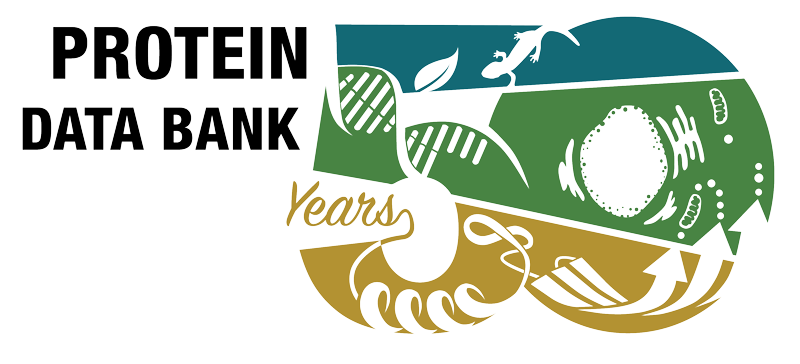Reviews - 4cii mentioned but not cited (1)
- The Helicobacter pylori Cag Type IV Secretion System. Cover TL, Lacy DB, Ohi MD. Trends Microbiol 28 682-695 (2020)
Articles - 4cii mentioned but not cited (13)
Articles citing this publication (11)
- Genes required for assembly of pili associated with the Helicobacter pylori cag type IV secretion system. Johnson EM, Gaddy JA, Voss BJ, Hennig EE, Cover TL. Infect Immun 82 3457-3470 (2014)
- Integrin but not CEACAM receptors are dispensable for Helicobacter pylori CagA translocation. Zhao Q, Busch B, Jiménez-Soto LF, Ishikawa-Ankerhold H, Massberg S, Terradot L, Fischer W, Haas R. PLoS Pathog 14 e1007359 (2018)
- The Helicobacter pylori adhesin protein HopQ exploits the dimer interface of human CEACAMs to facilitate translocation of the oncoprotein CagA. Bonsor DA, Zhao Q, Schmidinger B, Weiss E, Wang J, Deredge D, Beadenkopf R, Dow B, Fischer W, Beckett D, Wintrode PL, Haas R, Sundberg EJ. EMBO J 37 e98664 (2018)
- Genetic diversity and amino acid sequence polymorphism in Helicobacter pylori CagL hypervariable motif and its association with virulence markers and gastroduodenal diseases. Yadegar A, Mohabati Mobarez A, Zali MR. Cancer Med 8 1619-1632 (2019)
- Helicobacter pylori CagL Y58/E59 mutation turns-off type IV secretion-dependent delivery of CagA into host cells. Tegtmeyer N, Lind J, Schmid B, Backert S. PLoS One 9 e97782 (2014)
- Systematic site-directed mutagenesis of the Helicobacter pylori CagL protein of the Cag type IV secretion system identifies novel functional domains. Bönig T, Olbermann P, Bats SH, Fischer W, Josenhans C. Sci Rep 6 38101 (2016)
- Preservation of Helicobacter pylori CagA Translocation and Host Cell Proinflammatory Responses in the Face of CagL Hypervariability at Amino Acid Residues 58/59. Tafreshi M, Zwickel N, Gorrell RJ, Kwok T. PLoS One 10 e0133531 (2015)
- Type IV secretion of Helicobacter pylori CagA into oral epithelial cells is prevented by the absence of CEACAM receptor expression. Tegtmeyer N, Ghete TD, Schmitt V, Remmerbach T, Cortes MCC, Bondoc EM, Graf HL, Singer BB, Hirsch C, Backert S. Gut Pathog 12 25 (2020)
- CagL polymorphisms D58/K59 are predominant in Helicobacter pylori strains isolated from Mexican patients with chronic gastritis. Román-Román A, Martínez-Santos VI, Castañón-Sánchez CA, Albañil-Muñoz AJ, González-Mendoza P, Soto-Flores DG, Martínez-Carrillo DN, Fernández-Tilapa G. Gut Pathog 11 5 (2019)
- Conformational changes of loops highlight a potential binding site in Rhodococcus equi VapB. Geerds C, Haas A, Niemann HH. Acta Crystallogr F Struct Biol Commun 77 246-253 (2021)
- Designed Ankyrin Repeat Proteins provide insights into the structure and function of CagI and are potent inhibitors of CagA translocation by the Helicobacter pylori type IV secretion system. Blanc M, Lettl C, Guérin J, Vieille A, Furler S, Briand-Schumacher S, Dreier B, Bergé C, Plückthun A, Vadon-Le Goff S, Fronzes R, Rousselle P, Fischer W, Terradot L. PLoS Pathog 19 e1011368 (2023)



 PMID:
PMID: 